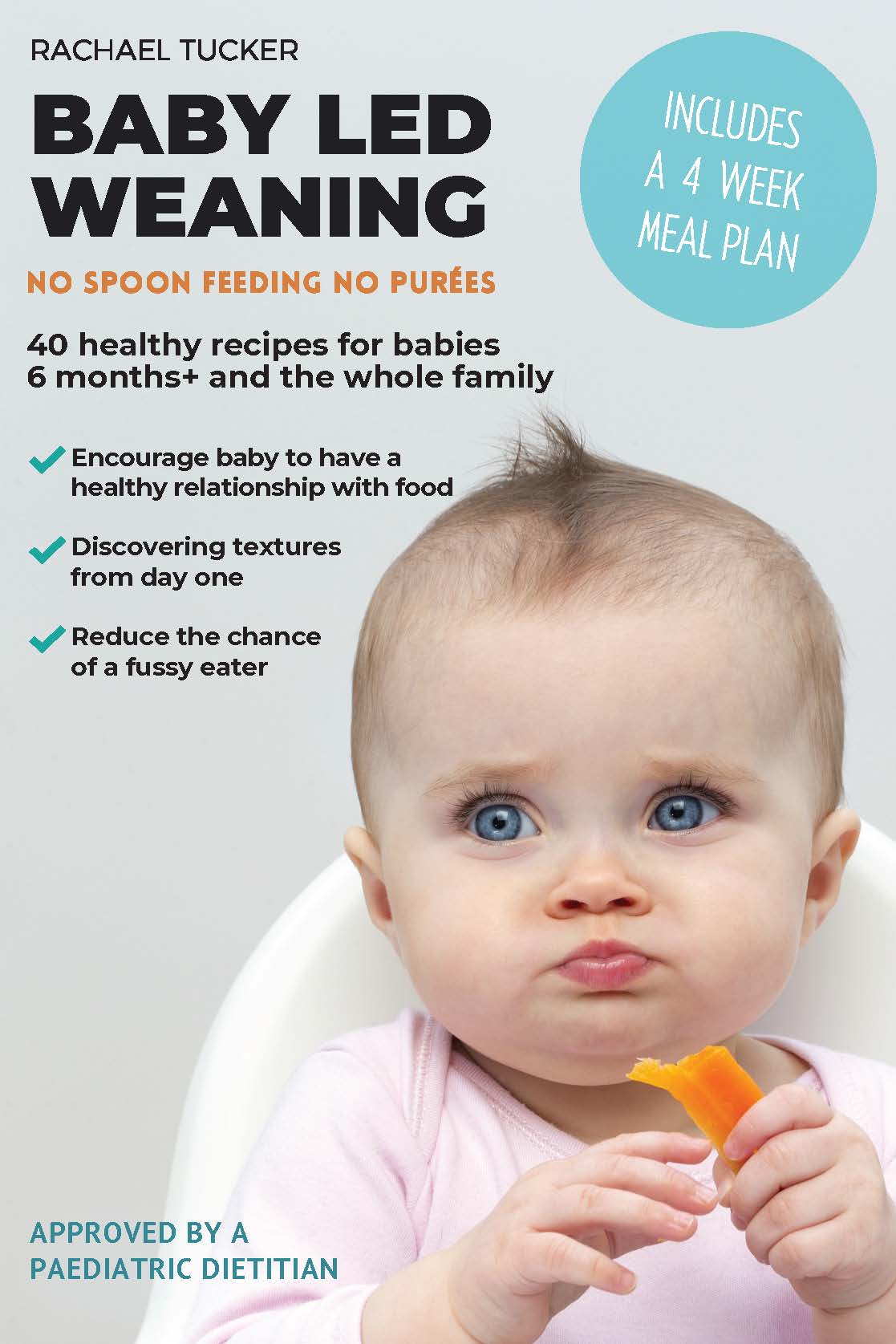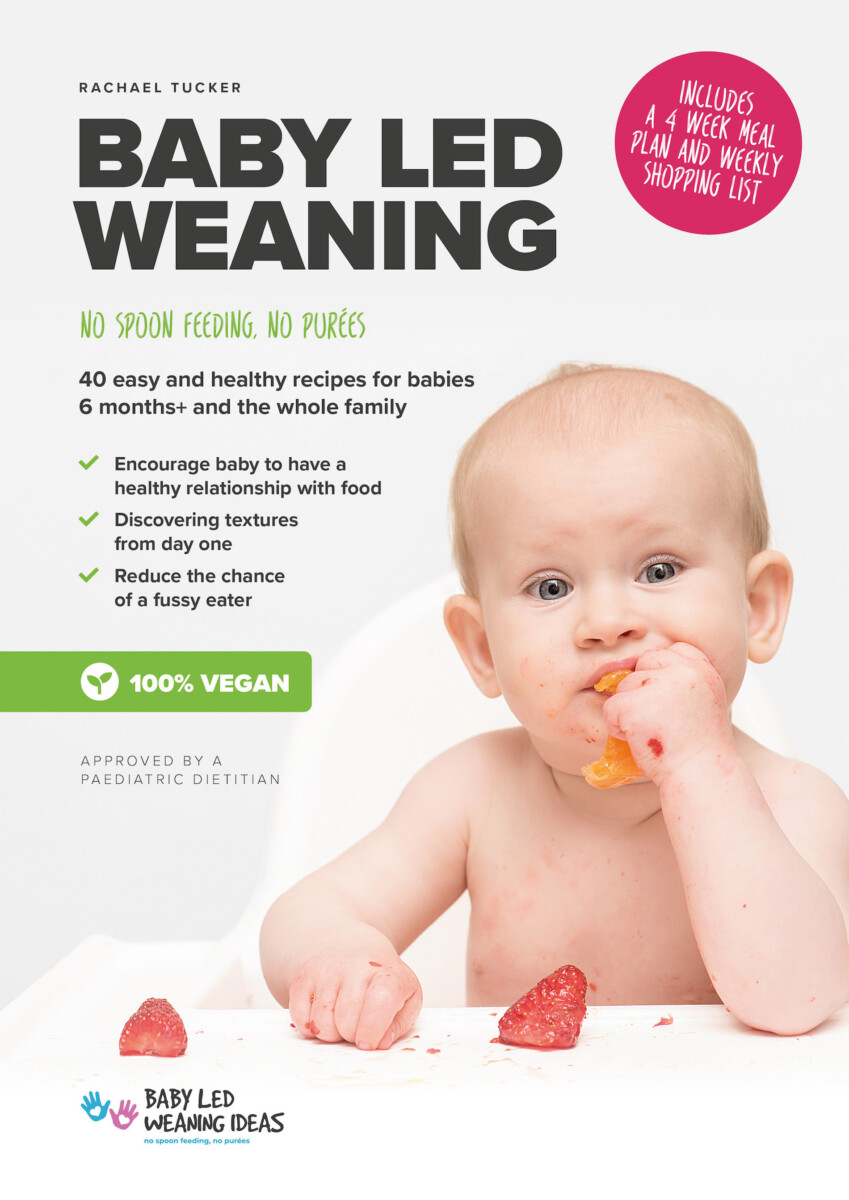The World Health Organisation (WHO) & health authorities around the world recommend waiting until your child is around 6 months old before introducing solid foods.“Before this, digesting anything other than milk feeds is difficult for babies & is not good for babies.” <ref: Gill Rapley, page 19> The old belief is 4mo, but this is no longer advised. A substantial number of families ‘use to’ introduce complementary solid foods around 3-4 months, especially if the infant is perceived as fussy, however this is not the case these days after much research by world authorities. Introduction to solids prior to 4 months is associated with increased weight gain & adiposity, both in infancy & early childhood. Research also indicates that it is important to expose children to a wide variety of flavors and textures, which can be offered from 6months old when bub is showing all readiness signs.
Readiness signs: baby is probably ready to try solid foods by the time she can do all of the following which happens around 6mo.
- Sit up with little or no support.
- Hold his head steady.
- Reach out and grab things effectively.
- Take objects to their mouth quickly and accurately.
- Make gnawing and chewing movements
These signs usually appear together at around 6mo – rarely much earlier. But the most reliable sign is when your baby grabs food from your plate and takes it to his mouth and starts to chew it. <Gill Rapley: July 2018>
Note: some babies may need to start earlier than 6 months due to medical reasons or advised by their pediatrician. Please if any concerns or questions regarding your baby please discuss with ur doctor or pediatrician.
The most common example of NOT ready:
❌“I think my baby is ready for solids, he seems really hungry, not sleeping through the night & is picking everything up & interested in food?! But he is not showing the other signs of readiness”
? sleep is a developmental milestone and is not linked to food intake. – Gill Raply BLW book. Babies put EVERYTHING in their mouth and are interested in everything it’s there way of discovering and learning… this ALONE is not a readiness sign of starting solids. Breastmilk or formula remains the primary nutrition in the first year.
Guidelines for Complementary feeding by WHO
Around the age of 6 months, an infant’s need for energy and nutrients starts to exceed what is provided by breast milk, and complementary foods are necessary to meet those needs. An infant of this age is also developmentally ready for other foods. If complementary foods are not introduced around the age of 6 months, or if they are given inappropriately, an infant’s growth may falter. Guiding principles for appropriate complementary feeding are:
- continue frequent, on-demand breastfeeding until 2 years of age or beyond;
- practise responsive feeding (for example, feed infants directly and assist older children. Feed slowly and patiently, encourage them to eat but do not force them, talk to the child and maintain eye contact);
- practise good hygiene and proper food handling;
- start at 6 months with small amounts of food and increase gradually as the child gets older;
- gradually increase food consistency and variety;
- increase the number of times that the child is fed: 2–3 meals per day for infants 6–8 months of age and 3–4 meals per day for infants 9–23 months of age, with 1–2 additional snacks as required;
- use fortified complementary foods or vitamin-mineral supplements as needed; and
- during illness, increase fluid intake including more breastfeeding, and offer soft, favourite foods.
Reference: WHO guidelines here





